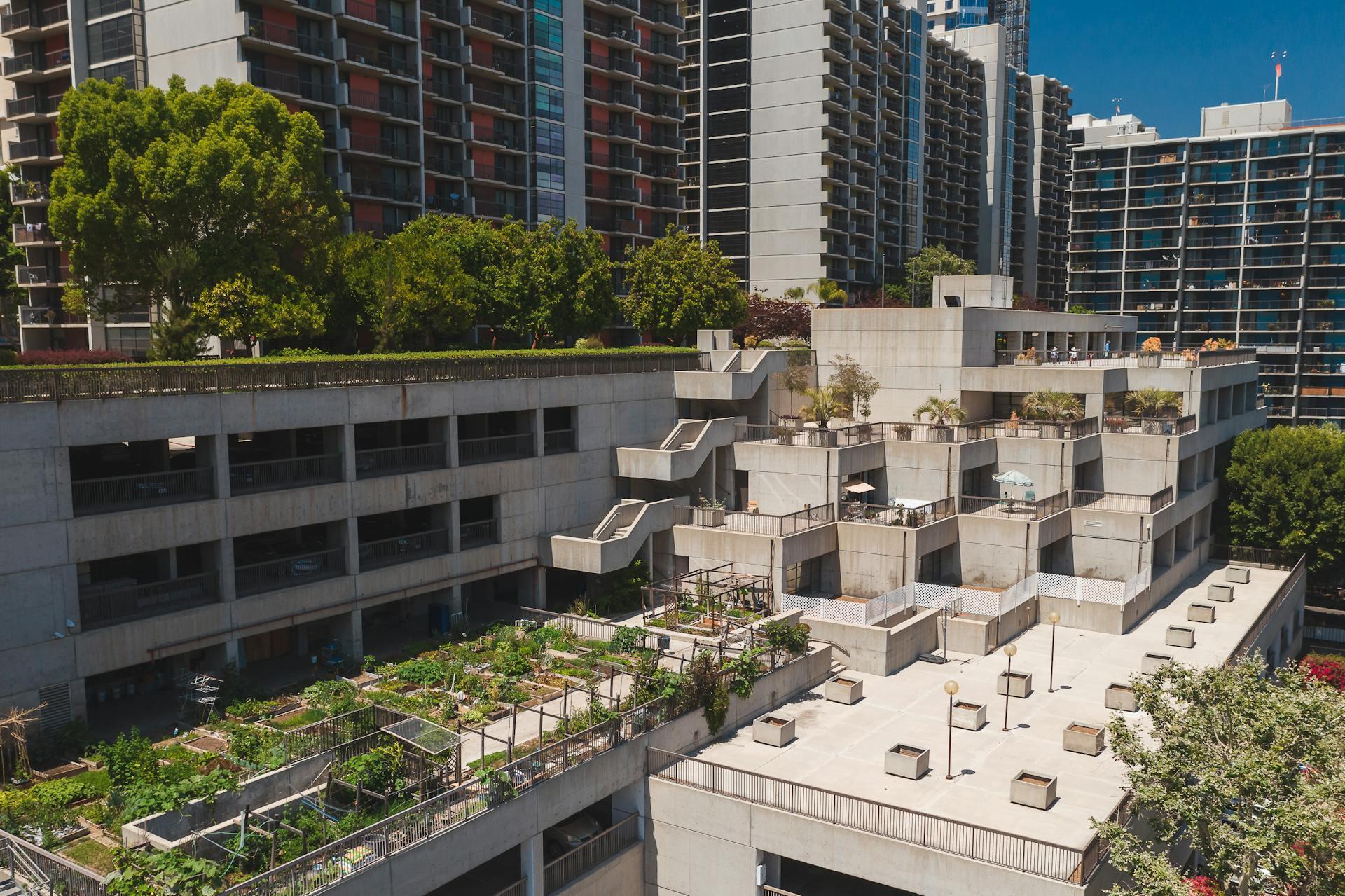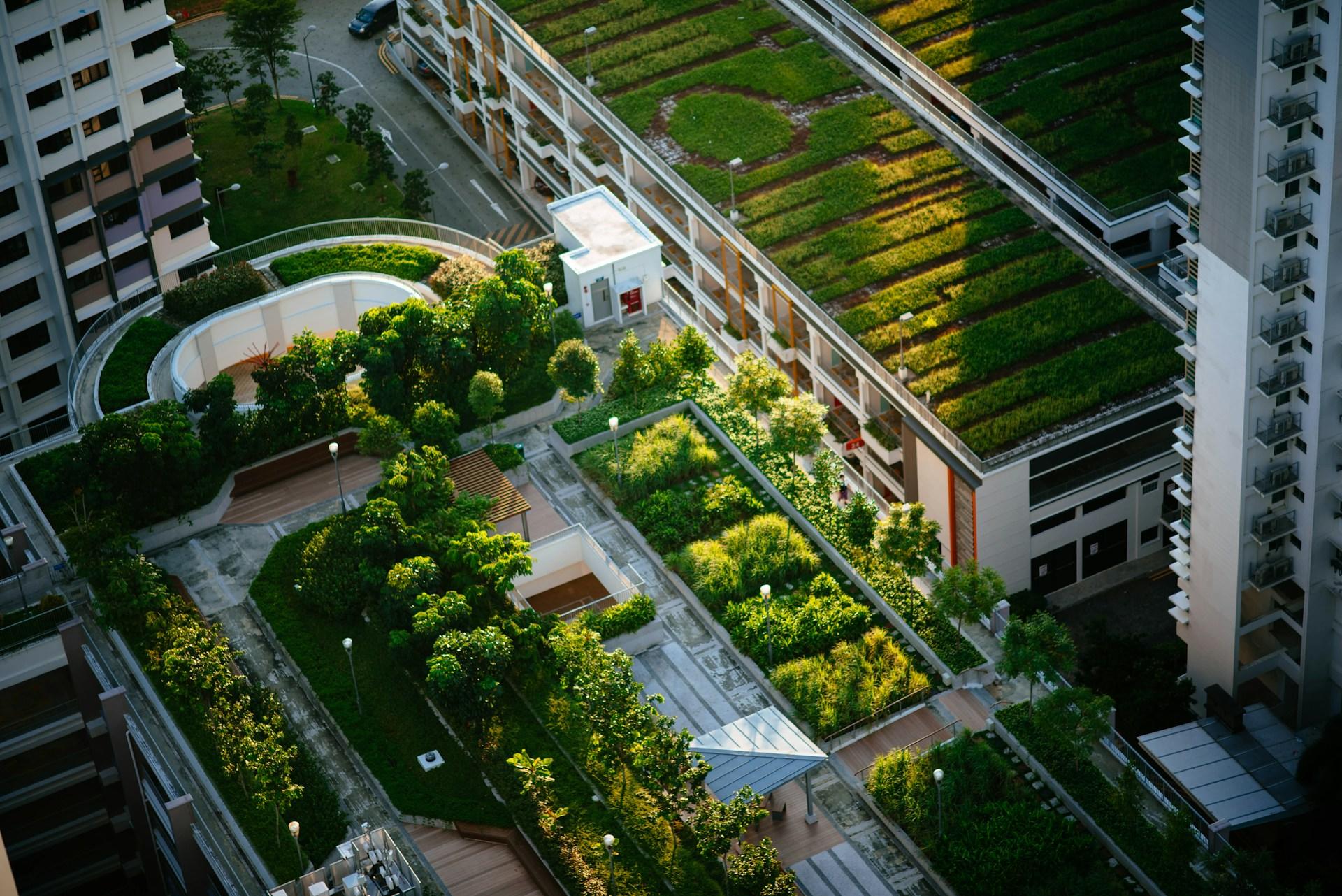Due to the impact caused by climate change in recent times, the need for innovative and sustainable solutions in urban design has never been greater. Among these popular sustainable solutions, green roofs have emerged as a solid alternative to contributing to the country's environmental and social engagements. Whether you are an experienced architect or new to sustainability trends, this blog will provide important insight into green roofs and their advantages in Canadian cities.

What are Green Roofs?
A green roof is a specially designed roofing system that supports vegetation growth and is usually placed on top of buildings or houses. Over the past decade, these innovative structures have become increasingly popular in Canadian sustainable urban architecture, offering an aesthetic experience and great environmental benefits.
Main Components of a Green Roof
A typical green roof system will consist of several layers and components serving specific purposes:
Understanding these components is essential for architects and designers working on sustainability projects since each element is vital for the overall performance of the structure. Plus, they may need expertise to get the certification system for sustainable buildings.
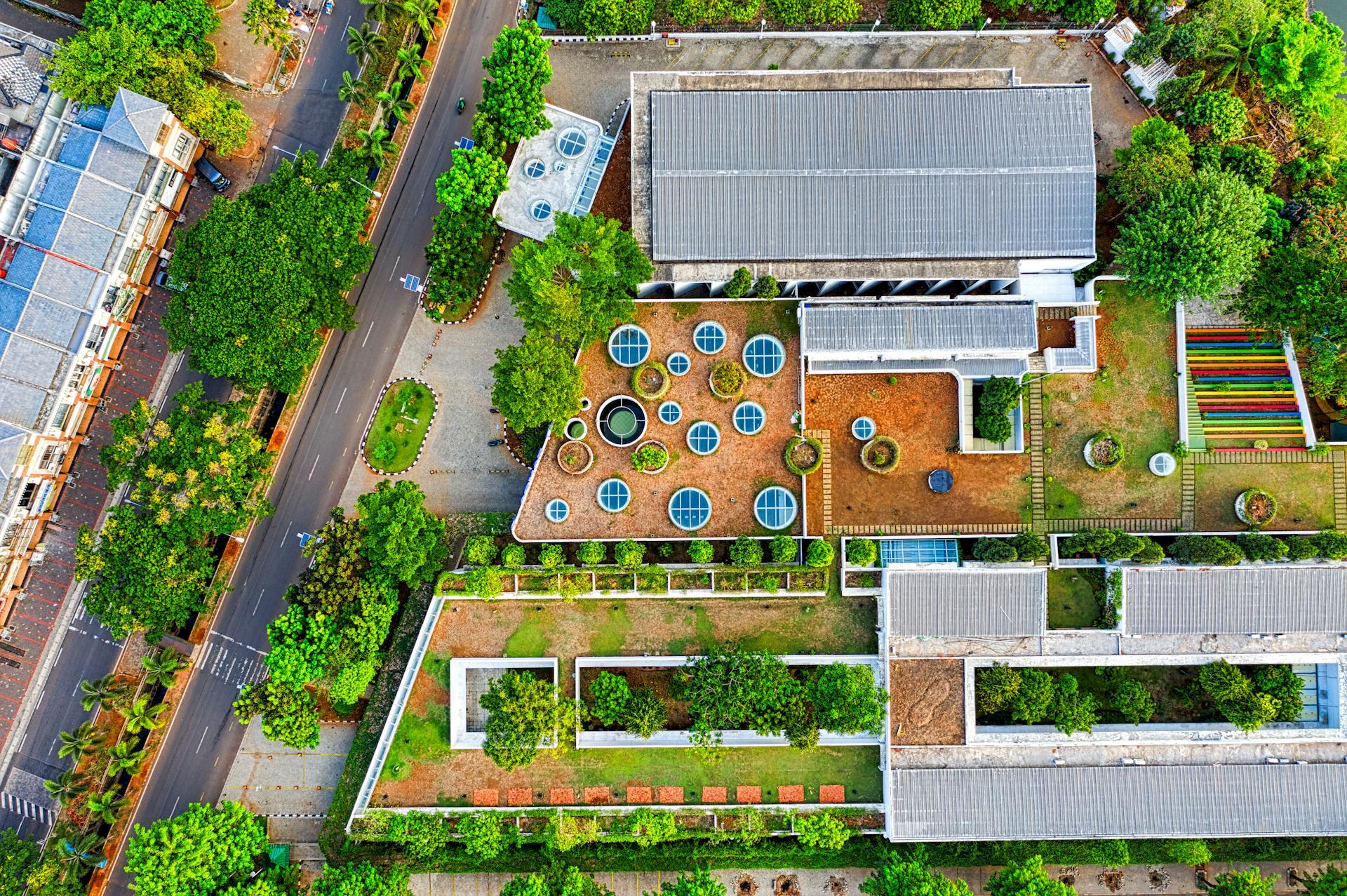
5 Benefits of a Green Roof in Canada
Green roofs offer numerous pros, addressing various environmental, economic, and social challenges urban areas face. Here are five key benefits:
1. Improved Energy Efficiency ☀️
Green roofs provide an additional insulation layer, reducing heat loss in cold Canadian winters. The vegetation and soil layers also reduce cooling demands in summer. These energy efficiencies could help combat the urban heat, which is particularly noticeable in larger cities.
2. Stormwater Management 🌧️
Green roofs can retain rainfall, depending on their depth and design, which could be very practical in cities like Vancouver with heavy rain. While green roofs promote stormwater storage, their growing medium also filters pollutants from this rainwater.
3. Promotes Biodiversity 🌼
Green roofs provide habitats for various plant species, insects, and birds. Indeed, green roof designs could incorporate native plant species, supporting local ecosystems and biodiversity.
4. Better Air Quality 🍃
Vegetation on green roofs filters pollutants and produces oxygen in urban environments, helping offset carbon emissions by absorbing CO2.
5. Long Life Span 📅
Many green roofs in Canada are expected to last longer than conventional roofs, making this alternative an attractive and aesthetic option for sustainable urban development.
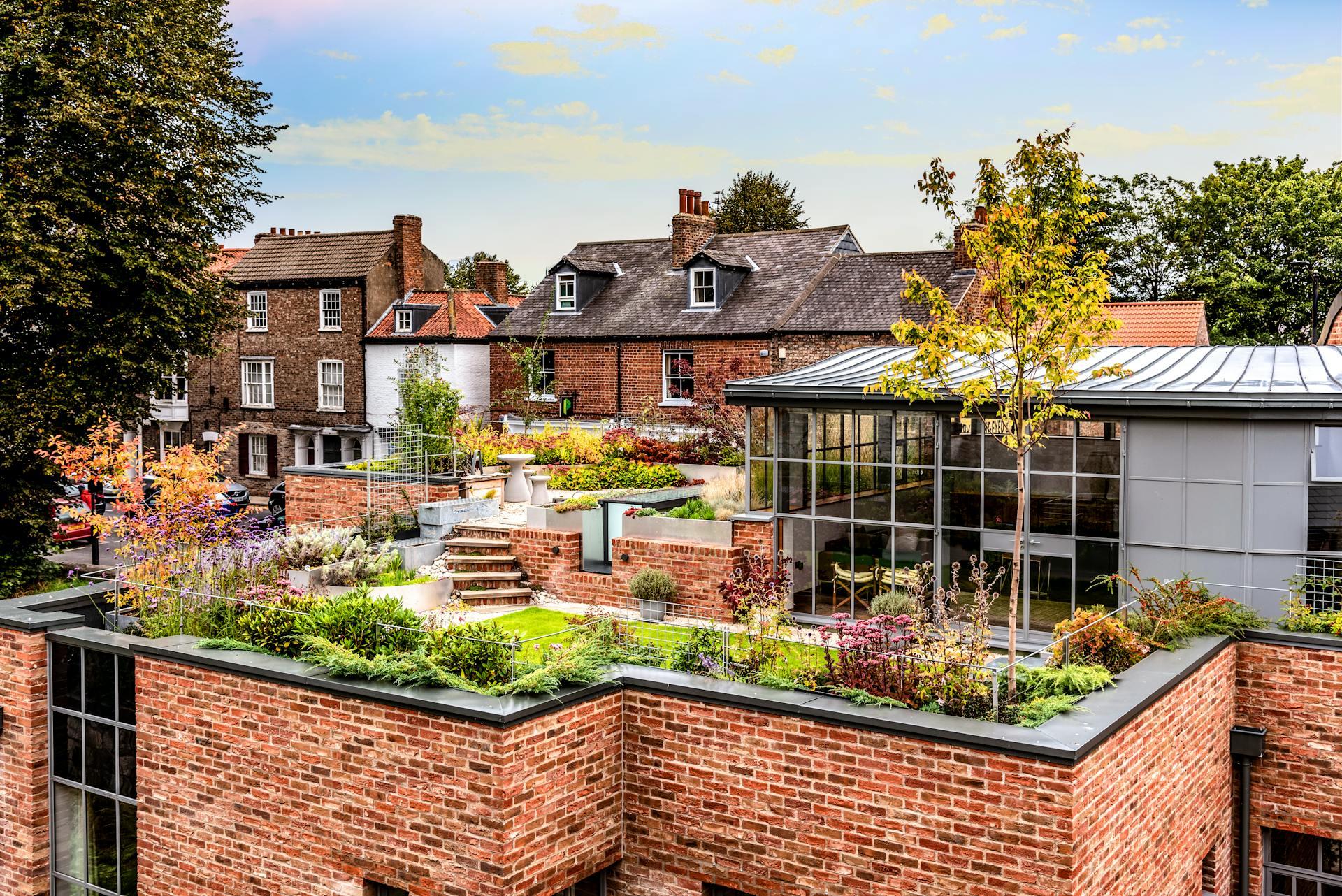
What are the disadvantages of a green roof?
While green roofs offer numerous benefits, they also come with potential drawbacks; let's discover each one of them:
Green roofs typically cost more to install and maintain than conventional roofs. High-quality waterproofing and root barriers could result in additional costs. Plus, constructions may need extra structural support to bear the weight of a green roof.
Green roofs require high maintenance and often require roofing and horticulture expertise. Places with extreme weather may also require additional care.
Improper installation or lack of maintenance can lead to water penetration, damage to the roof membrane, and damage to the building structure and electrical systems.
Canadian winters can cause building structures to expand and contract, requiring additional engineering to handle heavy snow loads.
While these disadvantages present challenges, they can be mitigated through meticulous planning, design, and execution. Some issues may diminish as green roof and net-zero building technology advances and becomes more prevalent in Canada.

How Much Do Green Roofs Cost in Canada?
The cost of green roofs in Canada can vary significantly depending on various factors. Still, on average, a green roof with 100mm of grow medium costs $16 to $22 per sq. ft., including installation. However, the price will depend on the size and type of green roof, whether it is extensive (low maintenance) or intensive (more profound and with diverse plantings), the location, whether it is urban or rural, additional structural requirements, and the complexity of the design.
While the upfront costs of green roofs in Canada are higher than those of conventional roofing, the long-term benefits, including energy savings and extended roof lifespan, can make them a cost-effective alternative.
What are the different Green Roof Types?
Green roofs in Canada come in various types, each suited to different building structures, climate conditions, and intended uses. Understanding these types is crucial for architects and designers when planning green roof projects. Here's an overview of the leading green roof types used in Canada:
- Extensive Green Roofs: They are lightweight and low-maintenance, ideal for large areas and retrofitting existing buildings. They also require minimal structural requirements.
- Intensive Green Roofs: They are characterized by deeper soil (8+ inches) that can support various plants, trees, and food crops. They offer greater biodiversity potential for urban agriculture.
- Semi-Intensive Green Roofs: They have an intermediate soil depth (6-8 inches) and offer more diverse plantings and lower maintenance.
- Modular Green Roofs: They are characterized by pre-grown vegetation in movable trays or containers. Their easy installation offers flexibility and the potential for phased implementation.
- Blue-Green Roofs: These are characterized by combining green roof technology with water management systems. They are equipped with improved stormwater management and a higher ability to retain water.
Each of these variants has different advantages, and the choice is usually based on the structural building capacity, local climatic conditions, and the availability of sustainable building resource maintenance.
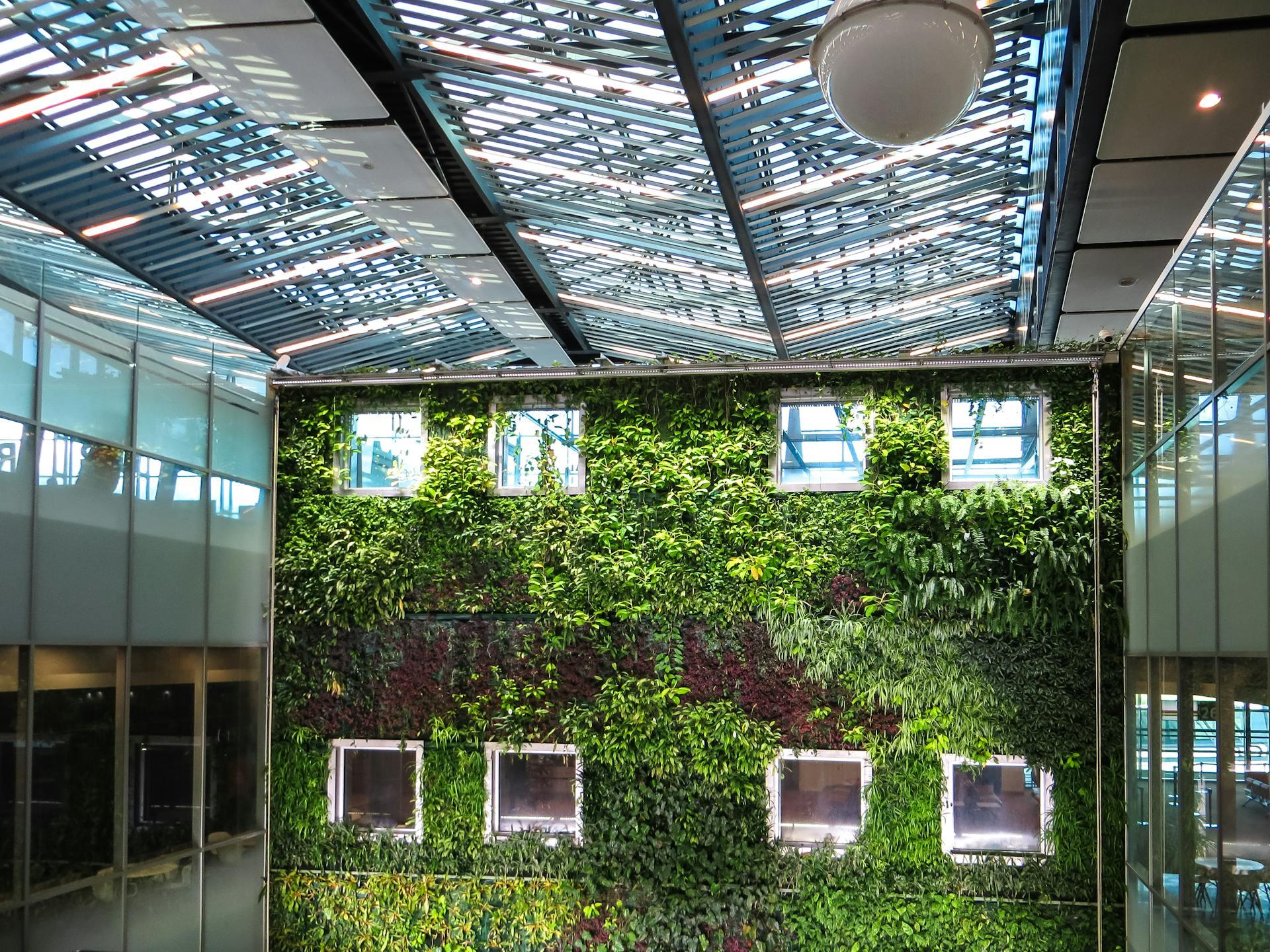
What is the role of green roofs in sustainable development?
Green roofs play an important role in strategies that contribute to sustainable development, as their impact benefits beyond individual buildings and significantly contributes to energy-efficiency housing standards and urban sustainability.
Let's discover some of their most important contributions:
Green roofs help insulate buildings, reducing the heating and cooling demands and decreasing energy consumption and greenhouse gas emissions.
Green roofs naturally cool rising temperatures by absorbing the sun's heat. They also support biodiversity by providing habitat for birds, insects, and other wildlife, contributing to the ecosystem's overall health.
Green roofs create spaces without additional ground-level land, support urban agriculture, and improve water efficiency and energy performance.
By extending roof lifespans, green roofs minimize long-term maintenance, increase property values and marketability, and create jobs in the green infrastructure sector.
Green roofs reduce air pollution and enhance the quality of air. Last but not least, they provide opportunities to learn about ecology and urban sustainability.
How to learn more about Green Roofs?
The Government of Canada aims to boost sustainable architecture and construction, leading to increased demand for building experts specializing in sustainability. Are you an architect student or a related professional interested in green roofs and the new trends in sustainable innovation? Discover Canada's best private instruction in sustainable architecture with Superprof.
Superprof is one of Canada's top private tutoring platforms, where you can easily find experts in almost any subject that crosses your mind. Getting instruction from experts in sustainable architecture in Canada is brilliant for keeping up to date with the latest trends and complying with local environmental regulations.
Embark on the next step of your professional path and discover the future of sustainable architecture in Canada. Welcome to the Superprof family!
Wrap up!
Green roofs are the new face of revolutionary sustainable urban design. As we saw, these living systems offer a wide range of benefits, from biodiversity conservation and improvement in air quality to energy efficiency. Although their initial costs may be overwhelming, green roofs boast long-term advantages. They are now considered one of the leading technologies for building resistant and ecological cities that can withstand the effects of climate change and still be highly aesthetic.
While Canada remains at the forefront of the future of sustainable architecture, the concept of green roofs will play an ever-increasing role in the design of our new green cities. So, if you are an architect, an urban planner, or a designer, now you know where it would be brilliant to get more professional experience. Ready to contribute to a greener future for Canadian cities?
